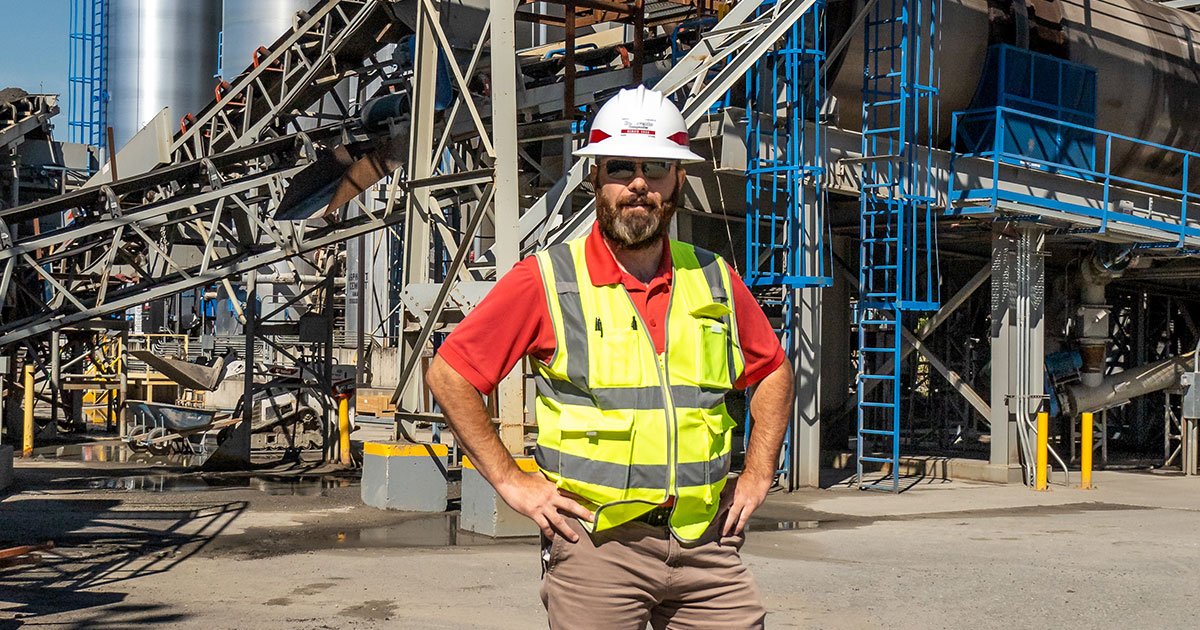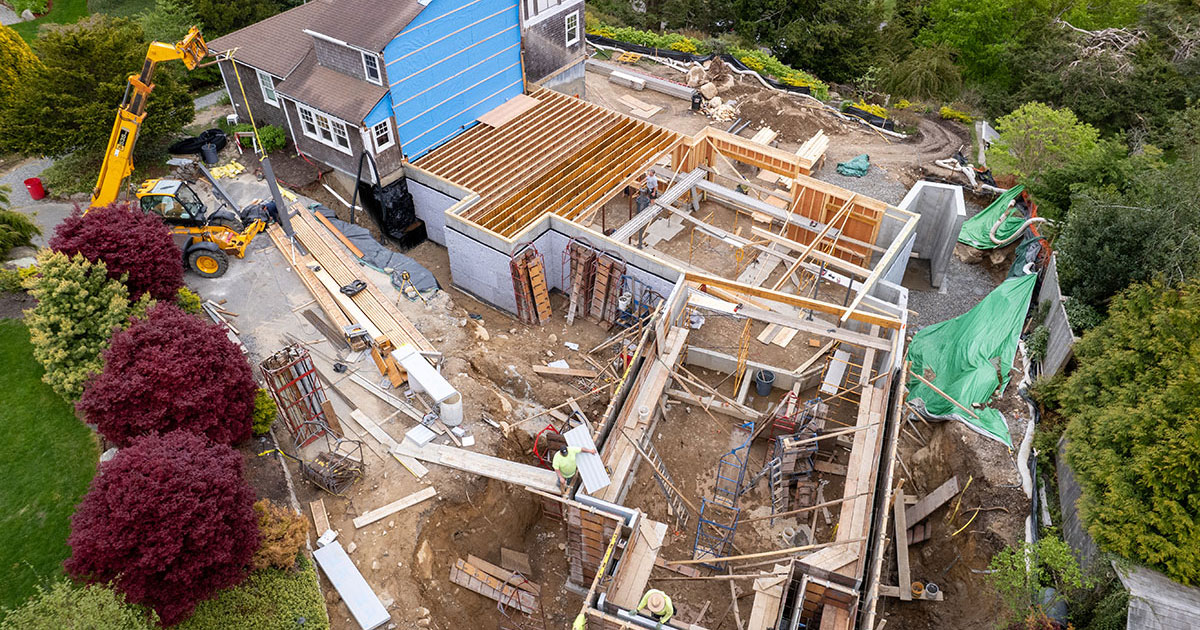
Why Construction Worker Turnover is Costly and How to Prevent It
Employee turnover is a challenge in many industries, but in construction, its effects can be particularly damaging. The loss of skilled workers disrupts project timelines, inflates costs, and hinders overall productivity. With the construction industry already grappling with a labor shortage, high turnover rates can further exacerbate the issue, making it difficult for companies to deliver quality work on time and within budget.
This post explores why construction worker turnover is so costly and provides actionable strategies to improve retention, helping you build a loyal and productive workforce.
The True Cost of Construction Worker Turnover
Financial Costs
Replacing a single construction worker can be expensive. Costs include:
- Recruitment Expenses: Advertising job openings, conducting interviews, and onboarding new hires require time and resources.
- Lost Productivity: Replacing experienced workers often involves a learning curve, reducing efficiency on the job site.
- Training Costs: New hires often need training to get up to speed, further increasing expenses.
Project Delays
Turnover disrupts workflows, causing delays that can cascade across the project timeline. Missed deadlines not only strain client relationships but can also result in penalties or lost revenue.
Quality Issues
Skilled workers leaving mid-project can lead to inconsistencies in workmanship, requiring costly rework or repairs to meet standards.
Team Morale
High turnover affects the remaining team’s morale, increasing stress and potentially leading to more resignations.
Why Turnover is Common in Construction
Seasonal and Project-Based Work
The nature of construction projects often results in temporary employment, which can discourage long-term commitment.
Physical Demands
Construction work is physically demanding, leading to burnout or injuries that prompt workers to leave the industry altogether.
Lack of Career Growth Opportunities
Many workers leave for roles that offer better advancement opportunities, training, or pay.
Poor Management Practices
Workers are more likely to leave if they experience ineffective communication, lack of recognition, or poor treatment from management.
Strategies to Prevent Construction Worker Turnover
Offer Competitive Compensation
Ensure that your pay rates are aligned with or exceed industry standards. Include benefits such as:
- Health insurance
- Retirement plans
- Overtime pay
- Bonuses for performance and project completion
Why It Works: Competitive compensation demonstrates that you value your workers, making them less likely to seek opportunities elsewhere.
Provide Career Growth Opportunities
Invest in your employees’ development to show them they have a future with your company.
Actions to Take:
- Training Programs: Offer certifications in skills like welding, heavy equipment operation, or safety protocols.
- Clear Advancement Pathways: Create a roadmap for promotions and role progression within your company.
- Mentorship Programs: Pair experienced workers with new hires to foster growth and collaboration.
Improve Workplace Culture
Cultivating a positive work environment can boost morale and foster loyalty.
Tips for Building a Positive Culture:
- Recognize and celebrate team achievements.
- Encourage open communication between workers and management.
- Foster teamwork through social events or team-building activities.
Prioritize Health and Safety
A strong safety culture not only protects workers but also demonstrates your commitment to their well-being.
Steps to Take:
- Conduct regular safety training and audits.
- Provide high-quality safety equipment and tools.
- Address hazards and concerns promptly.
Enhance Work-Life Balance
Construction workers often face long hours and physically taxing schedules. Offering flexibility can help reduce burnout.
Ideas for Better Balance:
- Implement rotating shifts to distribute workloads evenly.
- Offer paid time off for rest and recovery.
- Consider flexible scheduling for non-critical tasks.
Conduct Exit Interviews
When workers leave, take the opportunity to learn why. Use exit interviews to identify patterns and address underlying issues that may contribute to turnover.
The Long-Term Benefits of Reducing Turnover
Cost Savings
Retaining skilled workers reduces recruitment, training, and productivity losses, leading to significant financial savings.
Improved Project Performance
A stable workforce ensures consistent quality, faster project delivery, and better client satisfaction.
Stronger Reputation
A company known for treating its workers well attracts top talent, giving you a competitive edge in a tight labor market.
Recognizing the Role of Leadership in Retention
Effective leadership is critical for creating an environment where workers feel valued and supported. Supervisors and managers who build trust, communicate clearly, and address concerns proactively can significantly reduce turnover rates.
Leadership Strategies to Reduce Turnover:
- Active Listening: Encourage managers to engage with workers regularly, seeking feedback and addressing issues promptly.
- Recognition Programs: Implement systems to celebrate worker achievements and milestones, reinforcing their importance to the team.
- Transparent Communication: Keep workers informed about company goals, project updates, and their role in the bigger picture.
Strong leadership creates a sense of stability and purpose, fostering loyalty among employees.
Leveraging Technology to Improve Retention
Innovative technology can play a key role in reducing turnover by streamlining processes and improving worker satisfaction.
Technological Solutions to Enhance Retention:
- Workforce Management Tools: Use software to optimize schedules, reduce overwork, and ensure fair workload distribution.
- Training Platforms: Implement e-learning solutions for skills development, making training accessible and convenient.
- Safety Tech: Invest in wearable devices and site monitoring systems to reduce risks and demonstrate a commitment to worker safety.
By integrating technology, construction companies can address common pain points and create a more efficient and supportive work environment.
Building Community to Foster Loyalty
Workers are more likely to stay with a company where they feel connected to their colleagues and share a sense of purpose.
Ways to Build Community Among Workers:
- Team Events: Organize outings, celebrations, or on-site lunches to encourage camaraderie.
- Shared Goals: Highlight the impact of completed projects on the community or environment, giving workers a sense of pride.
- Employee Feedback Programs: Actively involve workers in decisions that affect their jobs, making them feel heard and valued.
A strong sense of community enhances job satisfaction and reduces the likelihood of workers seeking opportunities elsewhere.
Monitoring Metrics to Identify Turnover Trends
To address turnover effectively, companies must understand the underlying factors driving it.
Key Metrics to Track:
- Turnover Rate: Measure the percentage of workers leaving over a specific period to identify patterns.
- Exit Interview Data: Analyze feedback from departing employees to pinpoint recurring issues.
- Engagement Scores: Use surveys to assess worker satisfaction and morale.
By tracking these metrics, construction companies can implement targeted strategies to improve retention and address problem areas proactively.
Invest in Retention to Build Success
Construction worker turnover is costly, but it’s a challenge that can be addressed with thoughtful strategies and a commitment to employee well-being. By offering competitive pay, fostering a positive work culture, and prioritizing career growth and safety, you can reduce turnover and build a loyal, skilled workforce. Investing in retention doesn’t just benefit your employees—it strengthens your company’s reputation, enhances productivity, and drives long-term success.





